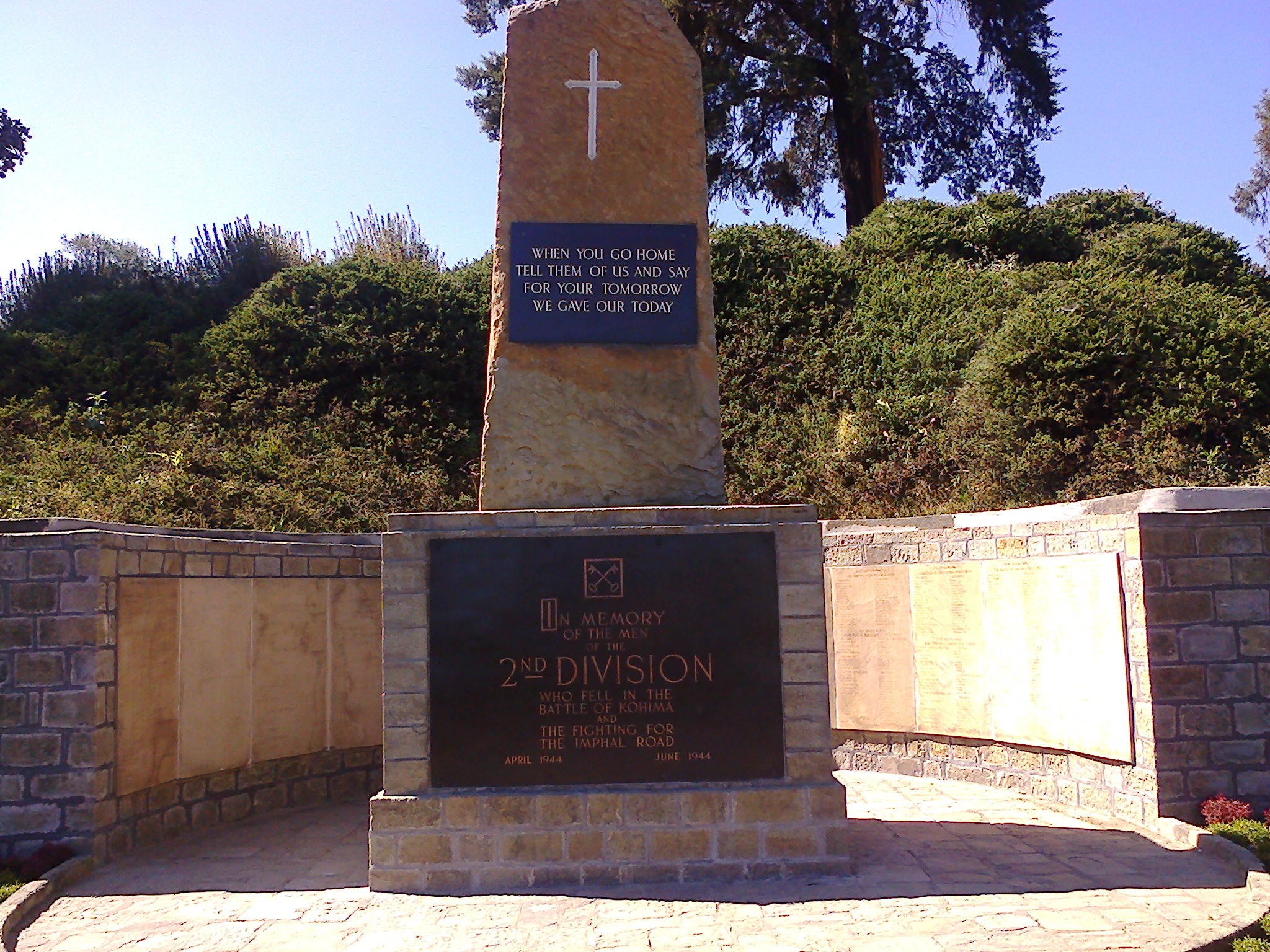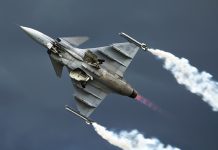With over 2 million casualties, the Battle of Stalingrad of World War II in 1942 is labeled as one of the bloodiest battles seen in the history of mankind, under which Germans and their allies fought using hand-to-hand, with the civilians facing direct assaults from air raids.
Taiwan Equally Capable Of Devastating China; US Inflating ‘Chinese Military Power’ – Experts
However, Stalingrad, seen as the prize by Adolf Hitler in order to secure control of oilfields in the Caucasus region to fuel his Army, turned out to be ground where the Germans were forced to concede defeat, with the German High Command withdrawing huge military forces from the Western Front.
However, with allies already preoccupied with Nazi Germany in Europe, Imperial Japan took advantage of weak allied divisions of the Southeast Asian region to start a battle, which would then turn out to be one of the most grueling and crucial turning points of the World War II.

The battle of Kohima, which resulted in a three-month-long blood-splatter between the British Indian Army and Japanese forces, took place in the Himalayan foothills of India’s northeastern Nagaland State, a region which now hangs over Bangladesh, and borders Myanmar.
It was in April 1944, when the 31st division of the Japanese Imperial Army under the command of Lieutenant General Kotoku Sato, poured over the Burmese border to strike and take over the hill town of Kohima, which served as the British Headquarters in the Nagaland region.
Catching the hosts off-guard, the Japanese army laid a siege lasting from April to June, fought over vast areas of the jungle and the mountainous terrain of the region, the armies were embroiled in vicious hand-to-hand fighting, the British defense rolled into Burma and the Japanese were finally ousted from mainland Asia.
The famous battle bears a significant history of military cooperation between international powers with the British Indian Army being aided by the American air and rail support as well as going ahead with battle plans formulated on the basis of the intelligence provided by the Nagaland locals.
Such was the significance of the battle that it has been chosen to be Britain’s Greatest Battle, a tag made more impressive as it was chosen ahead of the more celebrated battles like D-Day (Battle of Normandy) and the Battle of Waterloo. The contest was organized by the National Army Museum, the British Army’s central museum, located in the Chelsea district of London in the UK.
According to museum historian Robert Lyman, the battle’s importance arises out of the fact that the Japanese were the difficult enemies the country’s forces had faced.
“Great things were at stake in a war with the toughest enemy any British army has had to fight,”
If Lieutenant General William Slim’s army of British, Indian, Gurkha and African troops had lost, the consequences for the allied cause would have been catastrophic.” said Lyman.
However, the ultimate question that arises still is that despite the battle proving to be a turning point in World War II, why has it not been given that level of attention and remembrance. While offering his views on the debate, Lyman says,
“The one reason the battle is relatively unfeted was because Britain itself played it down due to U.S. President Franklin Roosevelt’s opposition to empire.” This was the last real battle of the British Empire and the first battle of the new India.”
He also says that the battle was also specifically crucial as it broke Japan’s belief of them being invincible. “The victory was of a profound significance because it demonstrated categorically to the Japanese that they were not invincible. This was to be very important in preparing the entire Japanese nation to accept defeat,” said Lyman.




